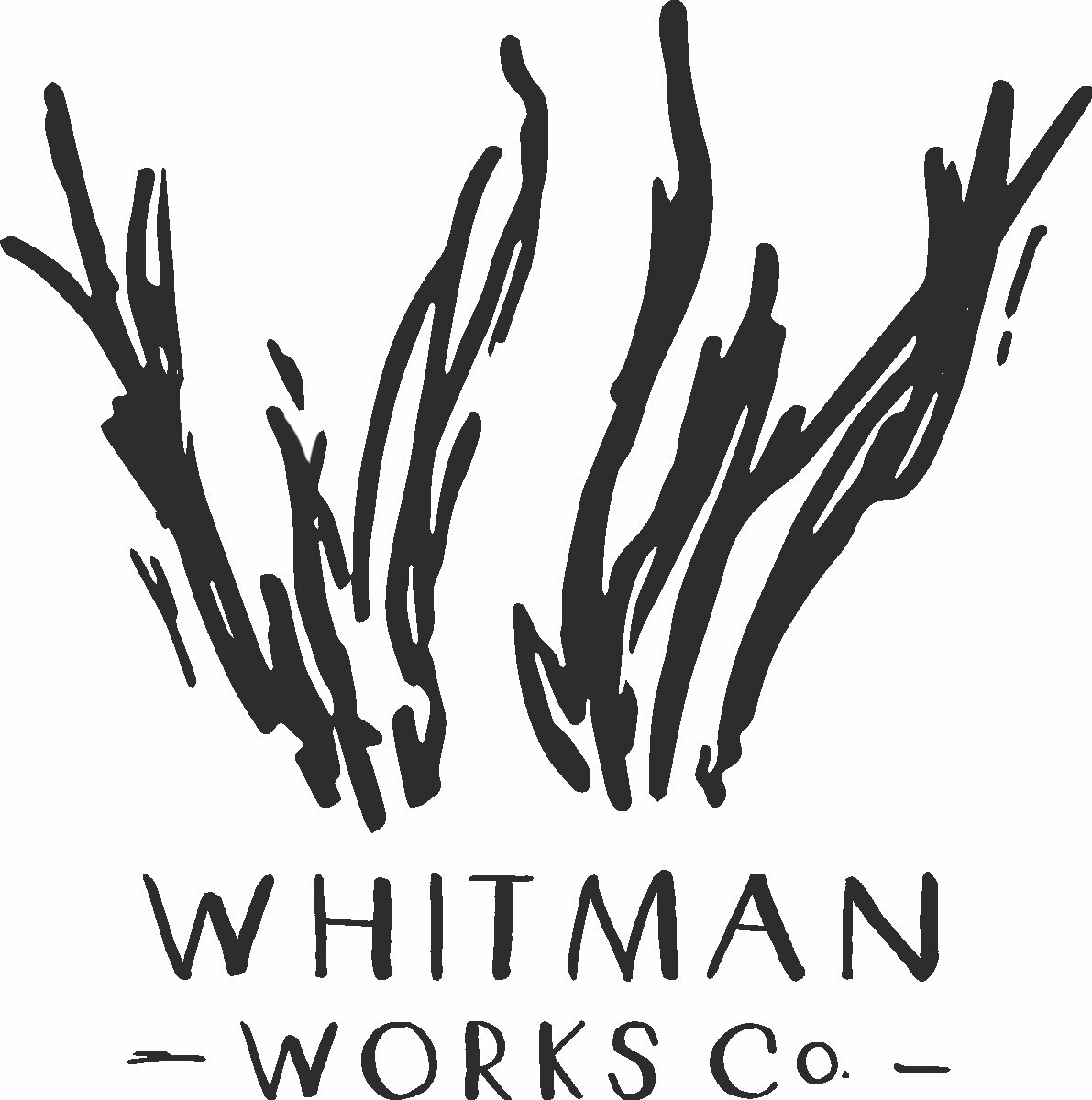De'VIA - Art and the Deaf Experience
/Art is great for showing the expression of an individual, but it is especially effective as a way to present the ideas and experiences of a group. Rochester is home to a large and exceptional community of people who are deaf or hard of hearing. Like any group of people brought together by a shared experience of life, there is an incredible beauty in the expression of that experience. We’ve been lucky to get a few flashes of this through exhibits at the Dyer Arts Center at NTID and a few other venues. We hoped to bring a wider audience to some great artists but also to a form of art created in the deaf community known as De’VIA. Much of the work in this exhibition are in this style. So we wanted to share a little more about the ideas behind this kind of work and a little bit of history that might deepen a viewer’s understanding and appreciation of the works in this show.
“Roots and Wings” by Patti Durr
Whitman Works Company is showing the new exhibition, “Moving Hands: Expressions of Art and Deafness”, until July 27th in the main gallery.
Special Thanks to Kira Avery who gave an impromptu lesson on the history and values of De’VIA at the opening of this exhibition. Also, thanks to Patti Durr, who’s excellent article titled, “De’VIA: Investigating Deaf Visual Art”(i) is the basis for much of the following section titled “What is De’VIA?”
What is De’VIA?
De’VIA stands for Deaf View/Image Art. The idea and development of this genre of art was created by a group of well-known and successful deaf artists that created the De’VIA Manifesto in May 1989. According to the manifesto and its signatories, De’VIA work is:
Representative of Deaf experiences
Uses specific artistic strategies such as color contrast and centralized focus
Generally within the field of visual fine arts and alternative media
Not exclusive to Deaf artists and not inclusive of all Deaf artists
De’VIA is not the same as Deaf Art. Deaf Art is a term encompassing all artists who are Deaf, while De’VIA art can be made by Deaf and hearing individuals, as long as it represents the Deaf experience and perspective. Deaf artists create art in any form, media, or subject matter. When the artist intends to express their Deaf experience through visual art, De’VIA is created.
The intent of De’VIA is to express an innate cultural or physical Deaf experience, such as Deaf metaphors, Deaf perspectives, and Deaf insight with respect to environment, spirituality and everyday life. Formal art elements found in De’VIA include contrasting colors and values, intense colors, contrasting textures. You may also see an emphasis on facial features, especially eyes, mouths, ears, and hands.
“Audism” by Vicki Campos Hamilton
De’VIA Art has been divided into two distinct categories - resistance and affirmation.
Resistance Deaf Art expresses the suppression and oppression of the Deaf, such as oralism, audism and Cochlear Implants. “Family Dog” by Susan Dupor is a resistance piece conveying how it feels being ignored by a hearing family. Resistance is also evident in many De ‘VIA artist’s self-portraits.
Affirmation De’VIA supports ideas like Deaf empowerment, acculturation and acceptance. “Crocodile Dundee” and “Whale” by Chuck Baird are playful pieces using signs from ASL. There are some very positive and unique characteristics of deaf culture that often shine through in this style of art.
There are forms of each style in the show at Whitman Works Company. Hosting an exhibition of this style of art has been inspiring. It is such a pleasure to see the expressive creativity of different artists and learn more about their experiences.
REFERENCES
i) Durr, P. (2006). De’VIA: Investigating Deaf Visual Art. Deaf Studies Today!
ii) Zelinski, K, (2014) Deaf Visual Arts: De’VIA (Deaf View/ Image Art)
iii) The Devia Manifesto (1989)
A photographic triptych by Andrea Zuchegno featuring her children’s name signs.



